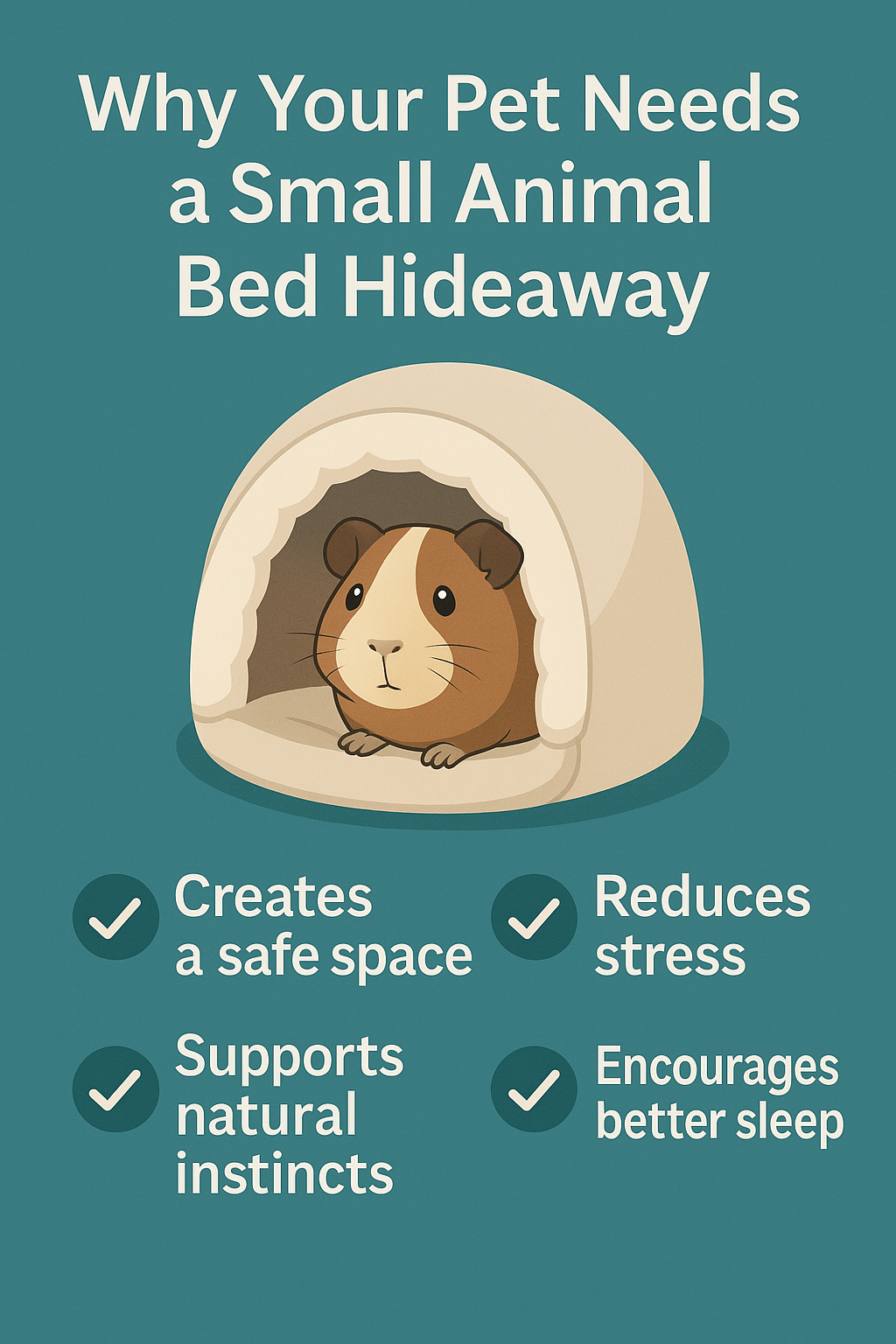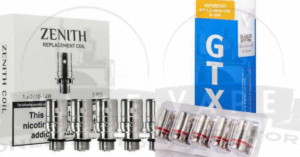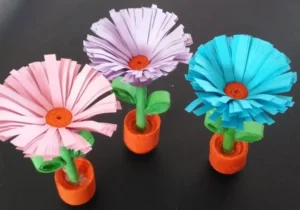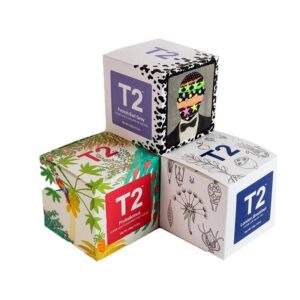
Whether you’re a new pet owner or a seasoned small animal enthusiast, you know that comfort is key when creating the ideal home for your furry companion. While food, water, and toys are obvious must-haves, one accessory often gets overlooked—a small animal bed. It’s not just a cozy place to nap; it plays a crucial role in your pet’s security, warmth, and emotional well-being.
Pairing that bed with a small animal hideaway creates a powerful combo that supports both physical comfort and psychological safety. These enclosed spaces mimic natural dens and burrows, giving pets a much-needed sanctuary within their habitat.
In this post, we’ll break down why small animal beds are more than just cute cage décor, how they support your pet’s health, and which types are best suited for different species. We’ll also look at new product innovations shaking up the U.S. pet supplies market and share practical advice to make your pet’s bed-and-hideaway setup perfect.
The Natural Need for a Small Animal Bed
From hamsters and guinea pigs to rabbits, ferrets, and rats, small animals have an instinctual need for cozy nesting areas. In the wild, these animals burrow underground or build nests in secluded places to stay warm, sleep, and avoid predators. A small animal bed mimics this natural behavior, offering both comfort and security in a home setting.
Providing a soft, enclosed space does more than keep your pet warm:
- It reduces stress and promotes relaxation
- Supports natural nesting behaviors
- Helps regulate body temperature
- Improves sleep quality
- Encourages a healthy daily routine
Why Every Small Animal Needs a Hideaway
A small animal hideaway is often included with or built into a bed, but even as a standalone piece, it serves a vital role. These structures provide pets with a place to retreat during loud noises, unfamiliar environments, or overwhelming situations—essentially, they serve as emotional safe zones.
Common behaviors supported by hideaways include:
- Sleeping or dozing during the day (especially for nocturnal pets)
- Chewing and nesting
- Bonding with littermates or companions
- Playing hide and seek, particularly in ferrets or rats
For shy or newly adopted animals, a hideaway can dramatically improve the adjustment process by providing a go-to comfort zone.
Choosing the Right Small Animal Bed by Species
Each small animal has unique preferences, so choosing the right bed requires a bit of knowledge about your pet’s habits.
Guinea Pigs
- Love plush fleece beds with shallow sides.
- Benefit from machine-washable options.
- Often prefer open beds paired with tunnels or a hideaway.
Hamsters
- Enjoy smaller, burrow-like nests.
- Require chew-safe materials.
- Look for enclosed beds that simulate underground burrows.
Rabbits
- Prefer soft mats or larger fleece pads.
- Often stretch out fully, so flat bedding is ideal.
- Combine with wooden or fabric hideouts for added comfort.
Rats and Mice
- Like hammocks, pouches, or corner beds
- Appreciate both horizontal and vertical space
- Hideaways help prevent cage stress
Ferrets
- Love enclosed sleeping areas
- Thrive with fleece sleep sacks, hanging beds, or tunnels
- Prefer warm and dark beds for deep sleep
Features to Look for in a Small Animal Bed
When shopping for the perfect bed, keep an eye out for the following features:
- Machine Washability: Hygiene is crucial; opt for materials that can be washed easily
- Non-Toxic, Chew-Safe Materials: Essential for rodents and rabbits
- Warmth and Breathability: Beds should stay warm but allow for airflow
- Durability: Strong stitching and high-quality fabric are a must
- Compatibility with Cage Size: Measure your pet’s living space first
Bonus Tip: Select beds that include or easily pair with a small animal hideaway for dual comfort and shelter.
How a Bed Improves Your Pet’s Health
Providing a designated sleeping spot benefits your pet’s physical and mental health. Here’s how:
- Temperature Regulation: Crucial in colder climates or drafty rooms
- Joint and Bone Support: Older pets benefit from cushioned, orthopedic options
- Reduces Illness: A clean, dry bed minimizes exposure to bacteria or urine-soaked areas
- Promotes Routine: Encourages sleep patterns that improve energy and behavior
A happy, well-rested pet is a healthier pet—less prone to anxiety, illness, and destructive habits.
New Trends in Small Animal Supplies: What’s Hot in 2025
As small pet ownership continues to grow in the USA, demand for innovative accessories is on the rise. Among the latest developments:
- Eco-Friendly Bedding Materials: Bamboo, hemp, and recycled fibers are gaining popularity
- Modular Hideaway Systems: Brands now offer stackable, customizable habitats with built-in sleep zones
- Heated Pet Pads and Cooling Mats: Temperature-controlled beds for all-season comfort
- Interactive Hideaways: Some new designs combine hideouts with foraging activities or chew zones
- Pet-Safe Smart Sensors: Track sleep patterns and temperature to monitor pet comfort (mostly in rabbit and ferret gear)
As sustainability and pet wellness become top priorities, consumers are leaning into multi-function, durable accessories that look good and serve their pets well.
DIY vs. Store-Bought: Which Is Better?
Many pet parents wonder whether it’s better to buy a professionally designed small animal bed or craft one at home.
Store-Bought Pros:
- Professionally tested for safety
- Machine-washable and durable
- Designed for species-specific needs
DIY Pros:
- Customizable for your pet’s personality
- Cost-effective
- Fun project for kids or families
Tips for Safe DIY Beds:
- Use fleece or cotton (no loose threads or buttons).
- Avoid adhesives, staples, or plastic parts.
- Ensure the hideaway or bed is easy to exit.
If you go the DIY route, inspect regularly for wear, sharp edges, or signs of chewing damage.
Cleaning and Maintenance Tips
Cleanliness is crucial when it comes to bedding and hideaways. Here’s a simple care routine:
- Daily: Spot-clean visible messes, remove soiled liners.
- Weekly: Wash bedding in hot water with unscented detergent.
- Monthly: Inspect for wear and replace as needed.
- Ongoing: Rotate between two or three sets of bedding to prolong use and ensure backup options.
Clean accessories equal a healthier pet environment, minimizing smells, illness risk, and stress.
The Emotional Bond Created by Comfort
A cozy bed and safe hideaway can deepen your connection with your pet. Animals that feel secure are more likely to engage with you, show affection, and enjoy social time outside their enclosure.
If your pet consistently returns to a particular bed or hideaway, consider it a sign of trust. It’s their way of saying, “This is my safe place.”
Adding soft bedding or a favorite fabric with your scent can make the bond even stronger—turning a simple small animal bed into a symbol of comfort and connection.
5 FAQs About Small Animal Beds and Hideaways
1. How often should I replace a small animal bed?
If washable, replace every 6–12 months. Disposable or chewed-up beds should be swapped out monthly or as needed.
2. Do I need both a bed and a hideaway?
Yes. A bed provides comfort; a hideaway provides privacy. Many designs combine both for efficiency and comfort.
3. What materials are safe for small animal beds?
Fleece, cotton, and untreated wood are safe. Avoid synthetic fabrics that can fray or trap moisture.
4. Can multiple pets share the same bed or hideaway?
In bonded pairs or small groups, yes, but constantly monitor for territorial behavior and provide multiple options.
5. Should I use heated beds or pads?
Only use pet-safe heating pads with caution and supervision if your room temperature drops below the recommended range.
Conclusion: Comfort Is Care
Creating a safe, warm, and inviting space for your small pet is more than just a gesture—it’s an investment in their well-being. A thoughtfully chosen small animal bed, paired with a cozy small animal hideaway, provides comfort, security, and emotional stability for your pet every day.
With innovations flooding the pet supplies market and a deeper understanding of enrichment, you now have more options than ever to give your small pet the best life possible. Clean bedding, warm hideouts, and intuitive habitat design aren’t luxuries—they’re essentials.
So, whether you’re upgrading your pet’s space or starting fresh, remember: when your pet feels safe, they feel loved. And that’s the foundation of great pet parenting.





